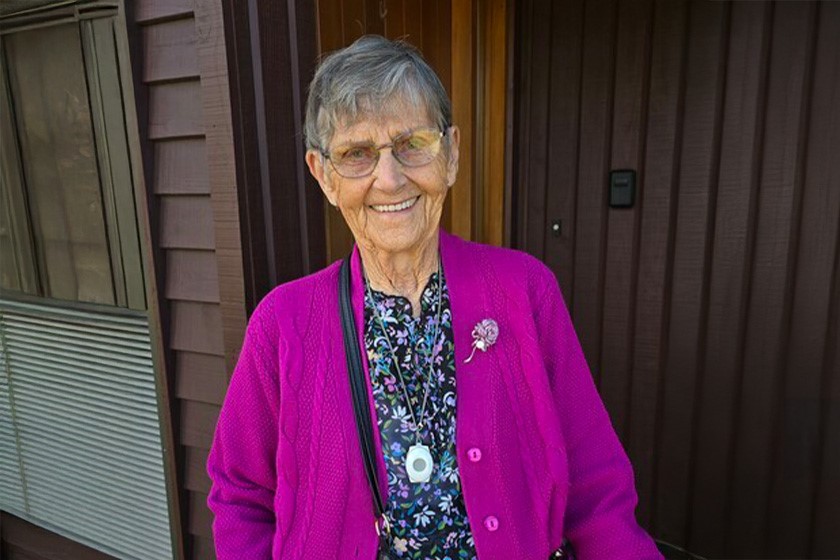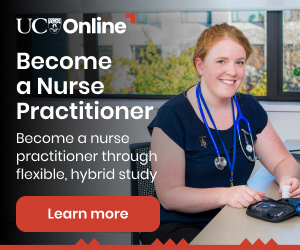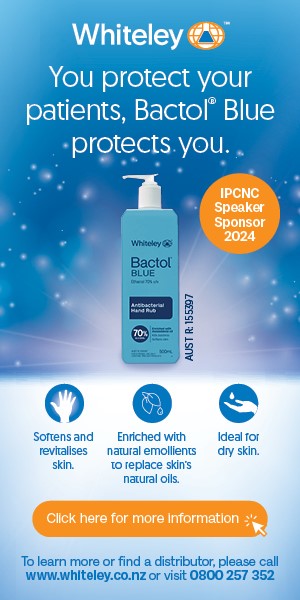You already know that independence is crucial for maintaining quality of life among older adults – with many preferring to live in their own homes for as long as possible.1 In New Zealand, nearly half of those aged 85 and older continue to reside at home with the necessary support.2 This choice allows them to stay connected with their communities, cherish moments with loved ones, and enjoy their days as they prefer.1
However, as patients age, the risk of adverse medical events can increase, potentially threatening their independence. A medical alarm provides a highly effective solution, providing patients, especially those who live alone, with the reassurance needed to maintain their independence and comfortably remain at home. Research highlights that community-dwelling older adults who use personal medical alarms experience fewer hospital admissions and shorter inpatient stays.3
The story of Ann Sutton, an 87-year-old lifelong Oamaru resident, highlights how technology can empower older people living alone to maintain their independence.
Independence preserved with a St John Medical Alarm
Ann has always been fiercely independent. Born and bred in Oamaru, she built a rich, community-rooted life alongside her late husband, Len. Despite the challenges that life has thrown her way – including the loss of a loved one and health setbacks like macular degeneration that eventually forced her to give up driving – Ann’s commitment to independence and self-sufficiency has never waned, even in the face of physical decline.
“I like being as independent as I can be,” says Ann, acknowledging that while her daughters would do anything for her, they have their own work and family commitments.
When Ann noticed her stability declining, she proactively arranged for a St John Medical Alarm. Having previously supported Hato Hone St John, her choice was clear: “I thought, if someone has to come to me it will be a St John ambulance, so why not just start with them?”
Her decision proved invaluable on multiple occasions:
- When she lost consciousness due to postural hypotension, requiring hospitalisation
- When mobility issues left her unable to get out of bed one morning
- Most significantly, when she suffered a fall resulting in both a broken hip and arm, requiring several weeks in Oamaru and Dunedin hospitals.
“When I pushed my button, I knew I had really done something,” Ann recalls of her serious fall. “The ambulance people came in so bright and friendly and were so kind and caring.”
Following physiotherapy, Ann has regained her strength and confidence, now walking outdoors daily for an hour. She considers her St John Medical Alarm essential, providing peace of mind and security that benefits both her and her family.
Fostering independence in older patients
Supporting patients like Ann can be enhanced with the recommendation of a St John Medical Alarm by:
- Encouraging autonomy: Medical alarms enable patients to live alone while enhancing their feeling of security.4
- Ensuring continuity of care: These devices provide 24/7 emergency assistance, bridging the gap between scheduled health-care visits.
- Providing peace of mind: Families feel reassured knowing help is always available at the touch of a button.
How nurses can help patients access a St John Medical Alarm
Nurses play an essential role in ensuring safe discharge plans and providing ongoing care to older patients in the community. Your efforts can truly make a difference by:
- Identifying your patients who live alone: Older individuals who live alone can greatly benefit from a St John Medical Alarm. It offers a crucial safety net, empowering them to stay independent while ensuring they’re never truly alone.
- Facilitating an online referral: You can easily arrange a free trial of a St John Medical Alarm. Simply complete a referral through your Practice Management System (Healthlink or ERMS) or online at stjohnalarms.org.nz/hcp.
A St John Medical Alarm will offer your patients reassurance and the confidence to live independently, knowing that expert medical care from Hato Hone St John is just the touch of a button away.
For more information, please visit stjohnalarms.org.nz/hcp.
References
- van Leeuwen, K. M., van Loon, M. S., van Nes, F. A., Bosmans, J. E., de Vet, H. C. W., Ket, J. C. F., Widdershoven, G., & Ostelo, R. (2019). What does quality of life mean to older adults? A thematic synthesis. PLoS ONE, 14(3), e0213263.
- Health New Zealand — Te Whatu Ora. (2024). Health Status Report 2023.
- Roush, R. E., Teasdale, T. A., Murphy, J. N., & Kirk, M. S. (1995). Impact of a personal emergency response system on hospital utilization by community-residing elders. Southern Medical Journal, 88(9), 917-22.
- Mann, W. C., Belchior, P., Tomita, M. R., & Kemp, B. J. (2005). Use of personal emergency response systems by older individuals with disabilities. Assistive Technology, 17(1), 82-8.




